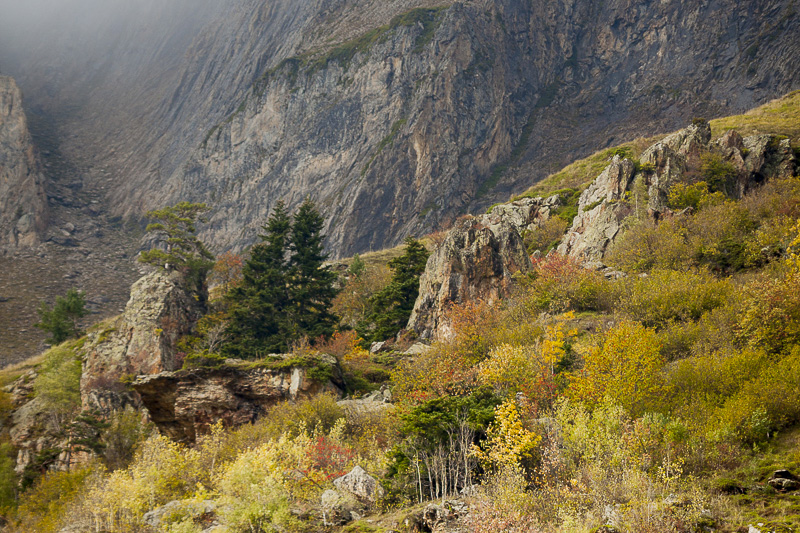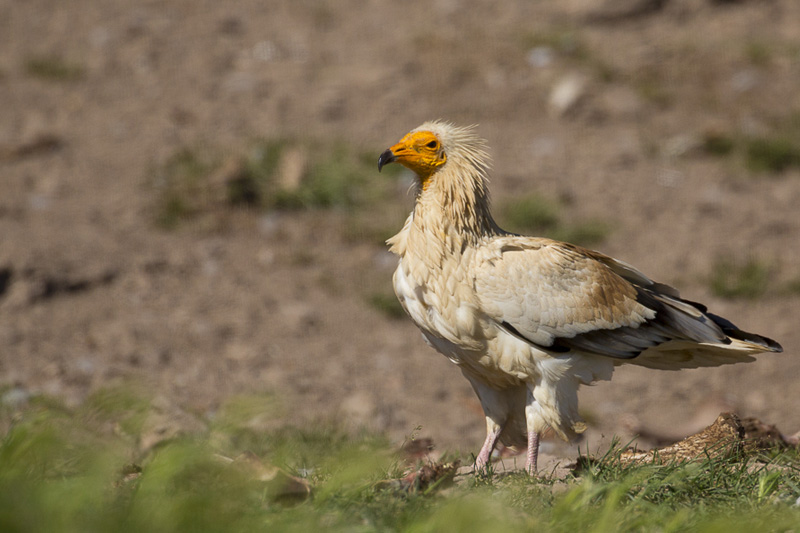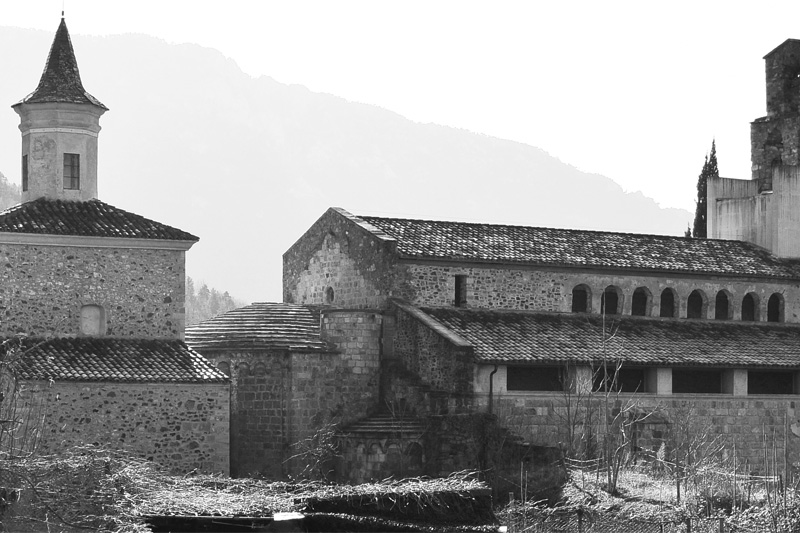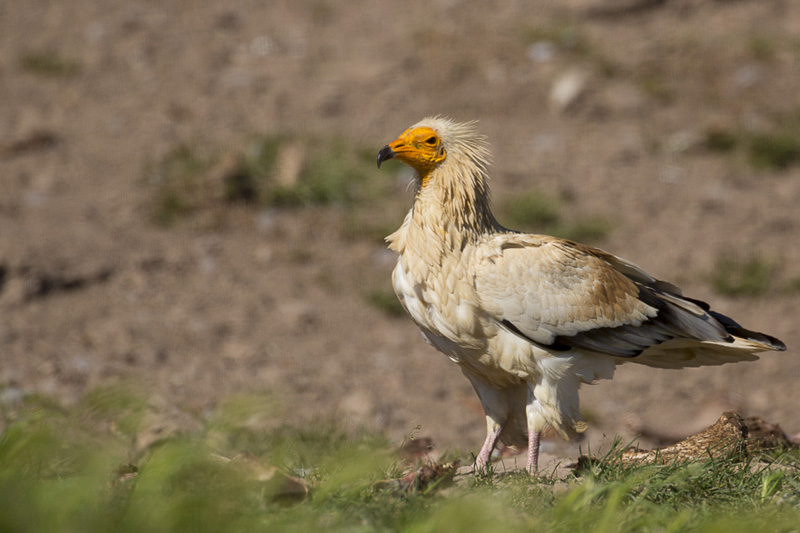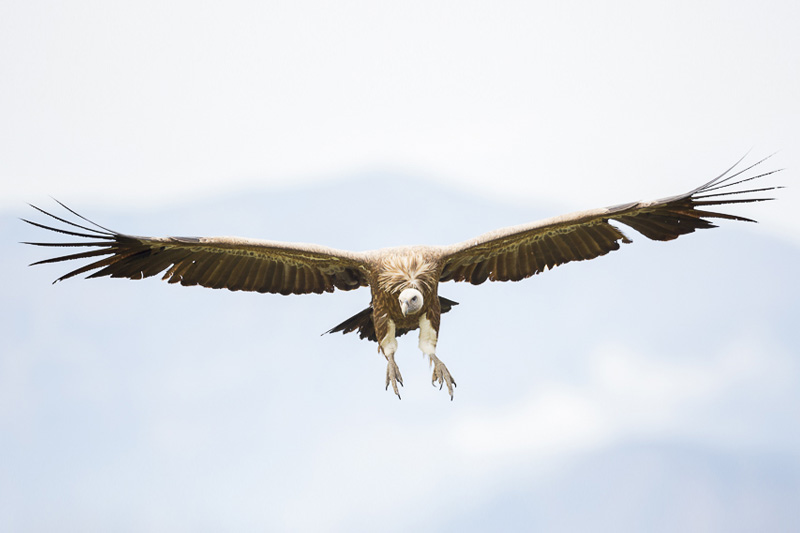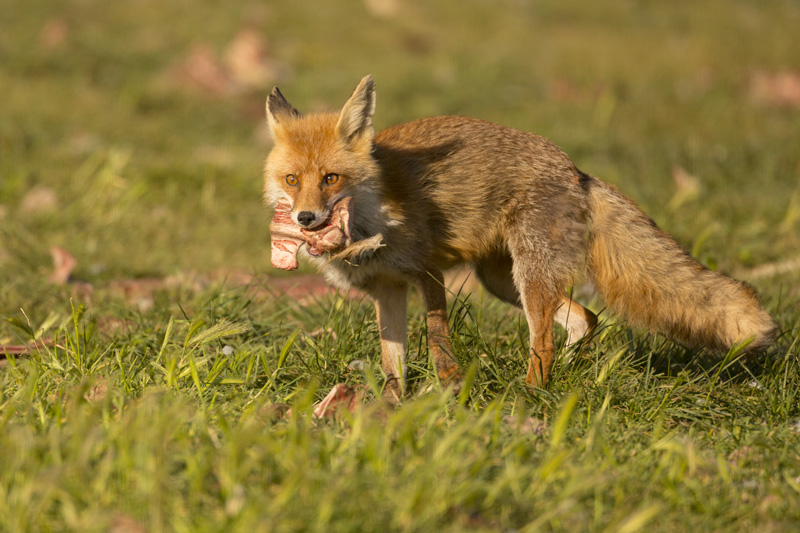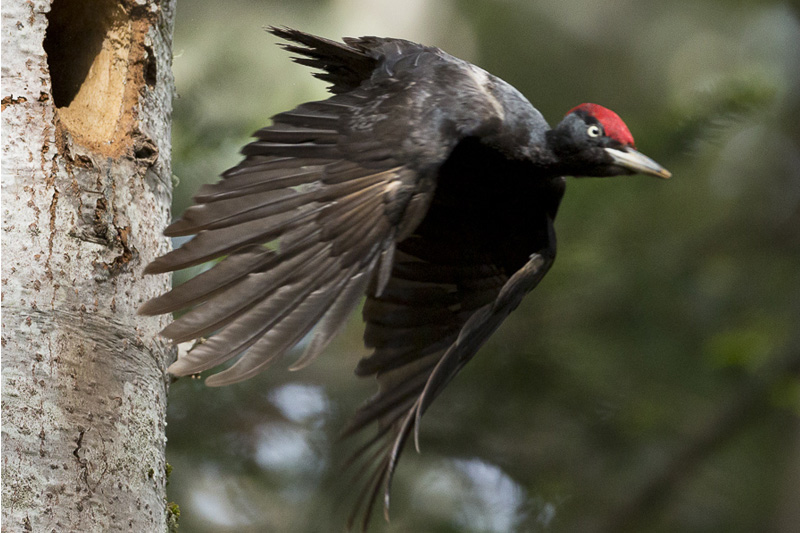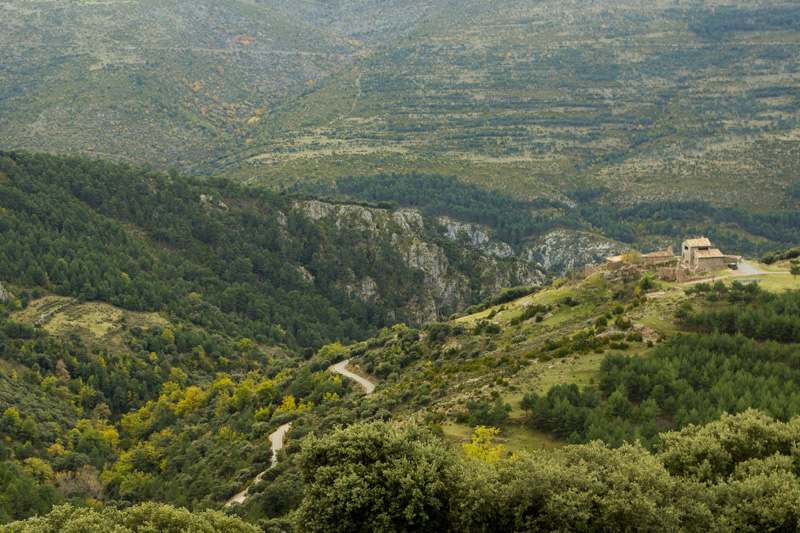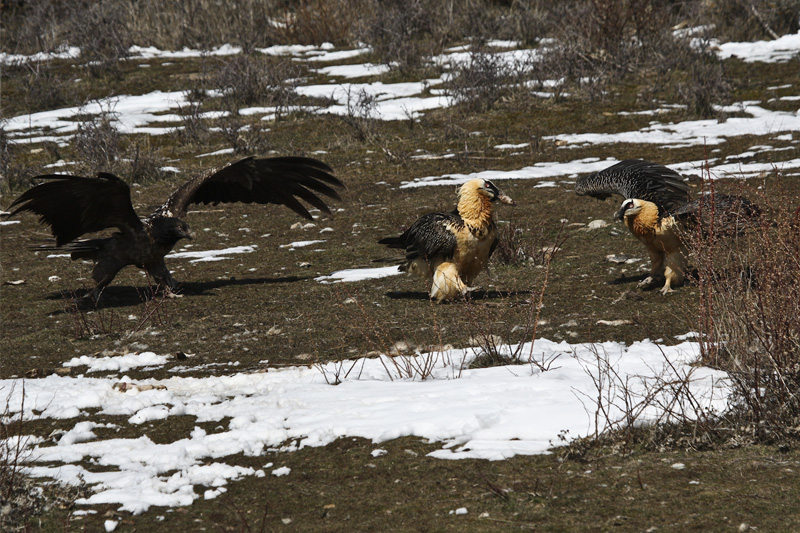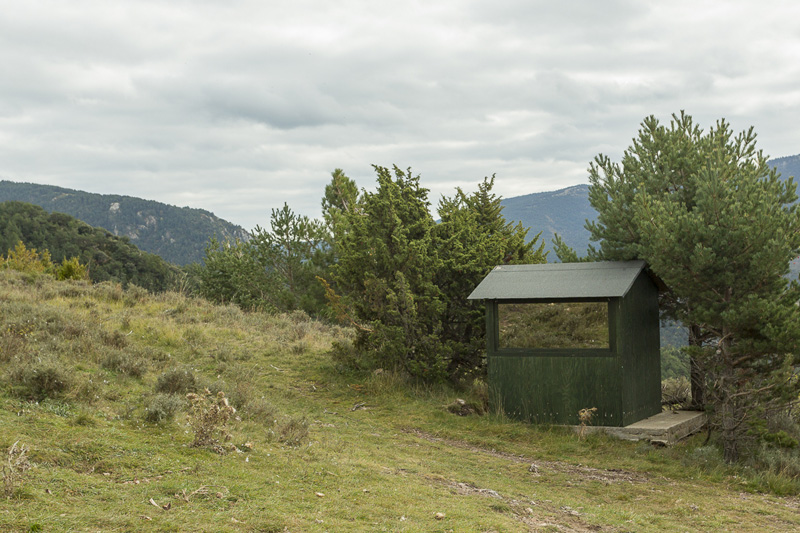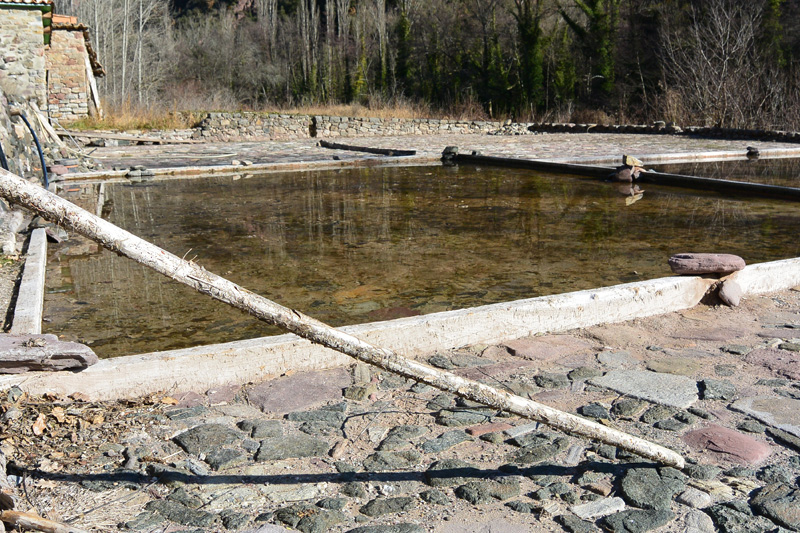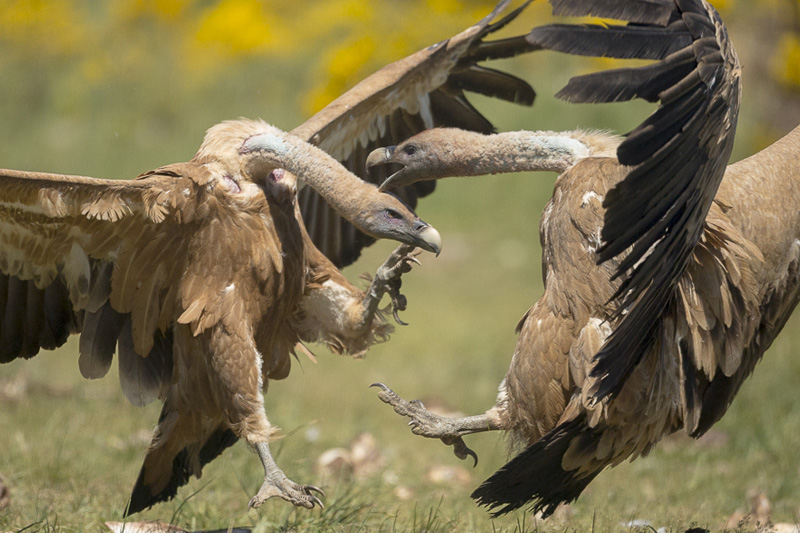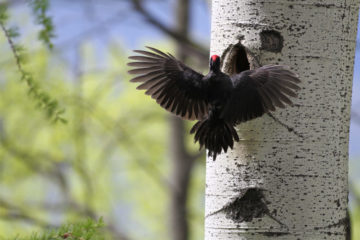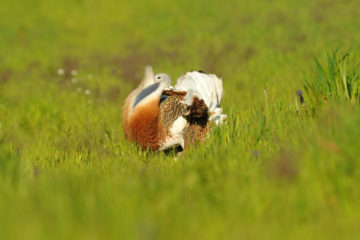Without doubt the small abandoned village where we will take you is the best place in Europe to watch and photograph lammergeyers. You will be the privileged few inhabitants to enjoy the griffon, cinereous and Egyptian vultures, and of course the lammergeyers.
It is true that the Pyrenees of Pallars Sobirà near the Ariège frontier are quite high (more than de 3000 m.) with short alpine plants beside many different rocks and scree, as well as eternal snow. Further south of the foothills is a dry and sunny region of Catalonia, blessed by a climate of Mediterranean influences. In this part of the mountain, there are different landscapes: moors, terraced areas with dry walls, steep cliffs sheltering several types of birds of prey, tiny stone and slate villages perched on the hill side and wild pine forests… While climbing to the abandoned village at 1300m you are surrounded by the smell of thyme and rosemary. Comfortably installed in a nice country house with an unparalleled view, you will be able to see the spectacle of the big birds, which come down , en masse, just in front of your eyes : lammergeyers (often more than 20!), griffon and cinereous vultures, and from March to September Egyptian vultures. Three hides with room for two people with tinted windows are at the disposition of professional photographers and observers (picnic provided). If you are not patient enough to wait for the departure of the last bird, you can always watch the spectacle from further away while strolling around and enjoying a good lunch of typical products (prepared on the spot).

